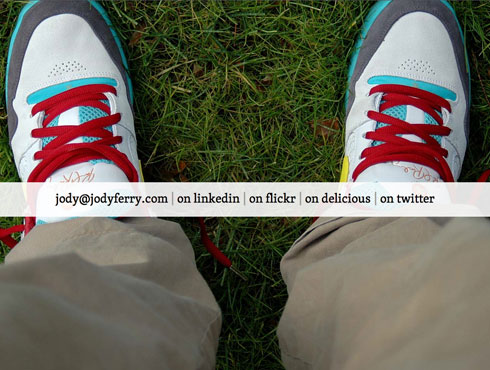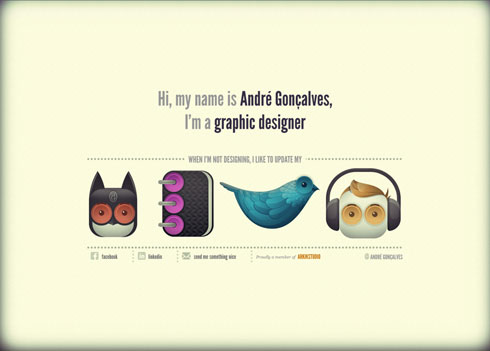Two incidents mark my morning walk to work.
i.
On Second Avenue, a long-legged woman in a short black skirt dashes past, late to an unknown appointment, her movements fluid and beautiful.
With every step, her skirt bounces, flashing legs at the avenue. Her left hand hangs at her hip, trying to keep the skirt down. But she fails at this, and the attempt only makes the male viewer more aware of the rhythmic, teasing visual.
The whole thing is unconscious. It has the visual semantics, but not the intention, of cheesecake. She is simply late, happens to be beautiful, and isn’t dressed like an Anabaptist. Nevertheless, her passage fractures the Matrix.
Even businessmen who dress like they never so much as take a breath without running a spreadsheet first can’t help turning back to get a second look.
She runs fast and is out of sight in minutes, leaving a trail of pheromones in her wake.
I want to thank her, but I would never catch up, and running after her is probably a bad idea.
ii.
Minutes later, approaching Lexington Avenue, I see a mentally ill man hurling racial epithets at the street.
“Fuck you motherfucking niggers,” he shouts.
Did I mention this part? He is black.
In his hand is a beer that a clerk at a nearby convenience store apparently thought was an okay thing to sell him.
He screws up his face into a horror mask and screams nonsense syllables as I pass him.
On the corner with several other people, waiting for the light to change, I feel him sneak up on us, and a moment later he defeats his own sneaking by shouting again.
“Don’t GIVE a fuck!”
A large plastic milk carton sits abandoned on the sidewalk. He grabs it and flings it into the street, just missing us corner-bound pedestrians. The milk carton touches down in a busy lane of traffic. Speeding cars begin changing lanes to avoid smashing into it.
Damn it, I think.
I think this because I know I’m going to get tangentially involved, and past experiences with mentally ill street people have not gone well. There was the guy in DC harassing women on the train. I interceded and he messed with me. DC yuppies, watching the whole thing, moved away rather than help. Then there was the guy— Well, anyway, enough.
I walk into the oncoming traffic, pick up the milk crate, take it back to the sidewalk, and push it down directly in front of the raging drunken mentally ill homeless man.
I look at him, he looks at me.
I don’t know whether my eyes are communicating toughness, compassion, or a kind of inattention—as if, by not focusing on him, he might not focus on me. I have no strategy. I’m moving on instinct and my plan is to disengage.
Whatever happened between us passes. I turn back to the street, the light changes in my favor, I move quickly into the intersection.
Behind me, he throws an abandoned filthy bath rug into the street.
I let him win that one.
[tags]cities, NYC, New York City, urban, living, urban living, street, life, streetlife, myglamorouslife, glamour, zeldman[/tags]


